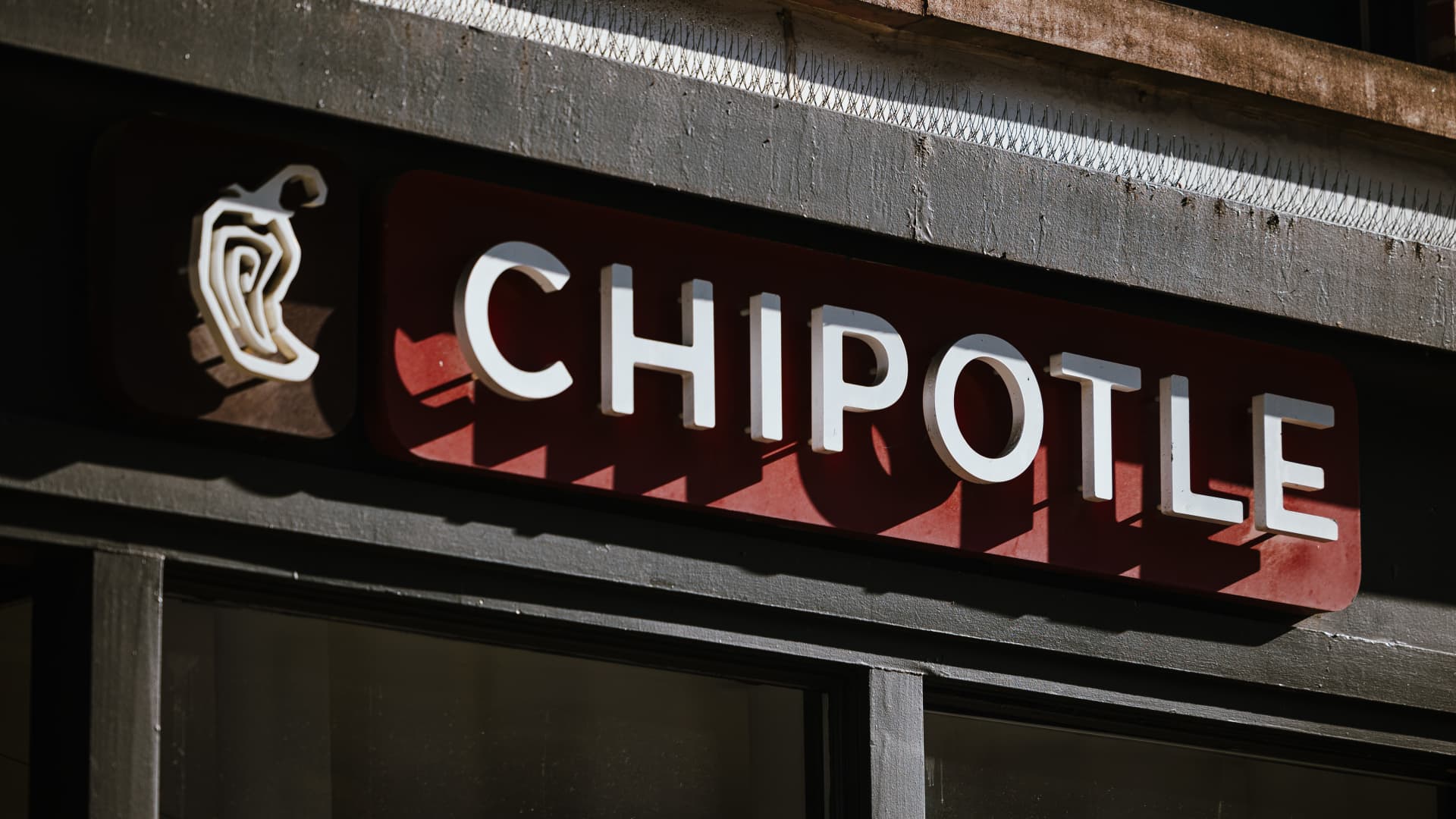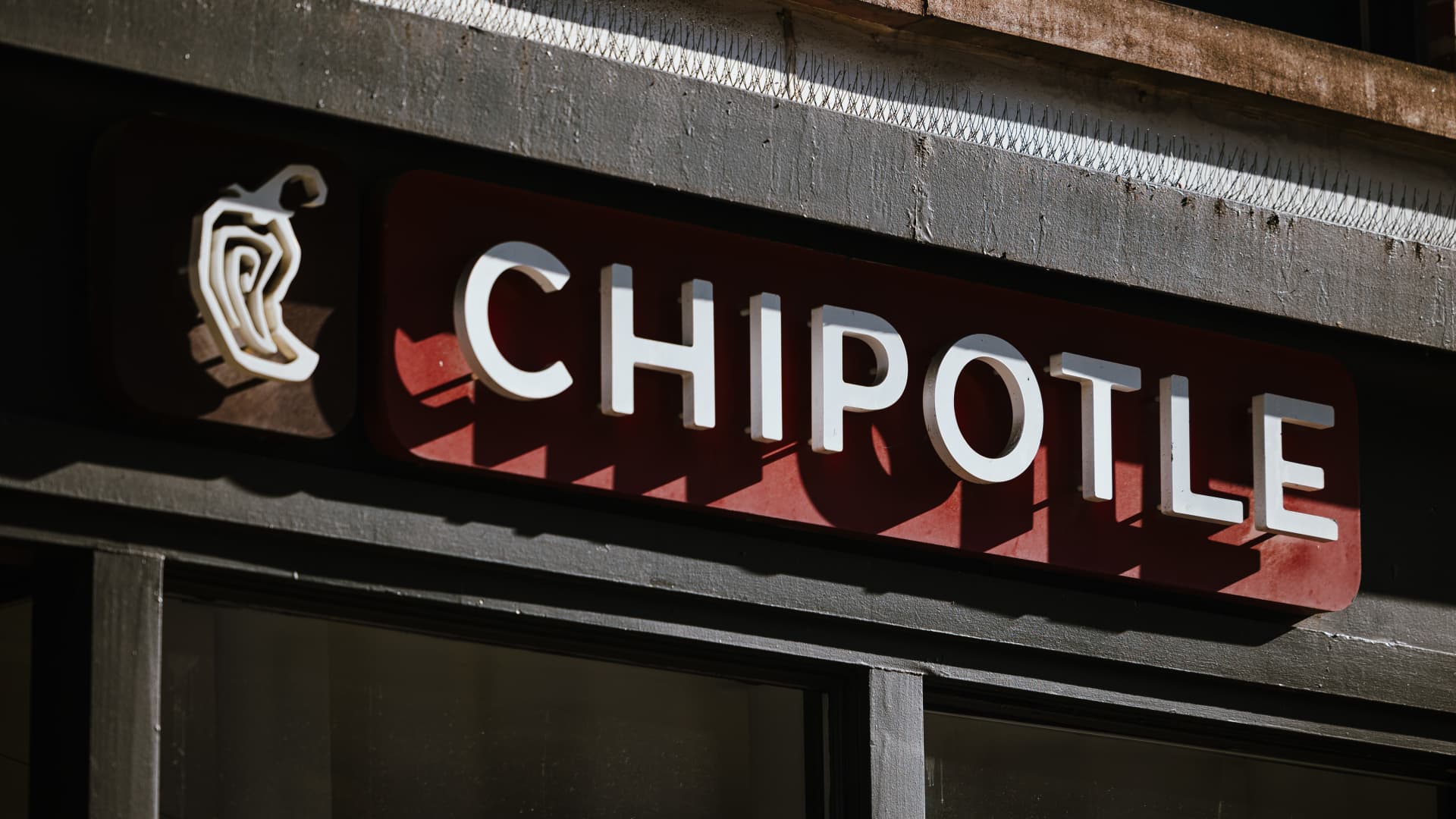Decoding After-Hours Stock Movements: A Deep Dive into Chipotle, IBM, and ServiceNow
Introduction: The After-Hours Market as a Sentiment Barometer
The after-hours market serves as a critical indicator of investor sentiment, offering a purer reflection of market reactions to corporate news and earnings reports, unencumbered by the distractions of regular trading hours. This analysis explores the after-hours performance of three prominent companies—Chipotle Mexican Grill (CMG), International Business Machines (IBM), and ServiceNow (NOW)—during key periods in 2025. By examining their movements, we can uncover the underlying factors influencing investor behavior and market dynamics.
Chipotle Mexican Grill (CMG): Navigating Volatility in the Fast-Casual Sector
Chipotle’s after-hours stock movements in 2025 were marked by significant volatility, driven by earnings reports and shifting market expectations. The company’s performance highlights the delicate balance between meeting financial targets and managing investor sentiment.
Q1 2025: A Quarter of Contradictions
In late April 2025, Chipotle’s after-hours trading reflected a mixed reaction to its first-quarter earnings. The company reported a 0.4% decline in comparable restaurant sales, the first such decline since 2020, which raised concerns about consumer demand and operational efficiency. Additionally, Chipotle missed revenue estimates, reporting $2.88 billion compared to the expected $2.95 billion. This disappointment led to an initial sell-off in after-hours trading.
However, the story was not entirely negative. Chipotle’s earnings per share (EPS) met expectations at $0.28, and some reports indicated a rise in share price after first-quarter profits exceeded analysts’ estimates. The company earned $13.37 per share, excluding items, surpassing the $11.68 per share estimate. This discrepancy underscores the market’s sensitivity to specific metrics and the potential for rapid shifts in investor sentiment.
Mid-Year Adjustments and Market Reactions
By July 2025, anticipation surrounded Chipotle’s next earnings report. Analysts were keenly focused on whether the burrito chain could provide a new catalyst for growth. The market was eager to see if Chipotle could reverse the negative trends seen earlier in the year. This period of uncertainty highlights the importance of consistent performance and clear communication in maintaining investor confidence.
IBM: Balancing Innovation and Market Expectations
IBM’s after-hours stock movements in 2025 reflect its ongoing efforts to adapt and innovate in a rapidly changing technology sector. The company’s performance illustrates the delicate balance between meeting financial targets and managing investor expectations.
Earnings Beat, Mixed Market Reaction
In April 2025, IBM beat quarterly earnings and revenue forecasts, yet the stock still fell more than 2% in after-hours trading. Despite positive financial results, the company’s management tempered expectations by projecting constant currency revenue for the year to be consistent with its mid-single digit model. This cautious outlook may have tempered investor enthusiasm, leading to the after-hours dip.
IBM’s situation illustrates a crucial aspect of market dynamics. Even when a company exceeds expectations, conservative guidance can trigger a negative response if investors were hoping for more aggressive growth. The market often prices in future potential, and any perceived limitations can impact stock valuation.
Broader Tech Landscape and Strategic Positioning
IBM’s performance should be viewed in the context of the broader tech landscape. While some tech companies experienced significant gains, others faced challenges related to supply chain disruptions, increased competition, and shifting consumer preferences. IBM’s consistent but moderate growth strategy contrasts sharply with the high-growth, high-volatility approach of some of its peers.
ServiceNow (NOW): Capitalizing on the Cloud Computing Boom
ServiceNow, a cloud-based software company, generally experienced positive after-hours movement, driven by strong earnings reports and optimistic future guidance. The company’s performance highlights the growing demand for cloud-based solutions and workflow automation tools.
Consistent Beats and Market Confidence
ServiceNow consistently beat expectations, reflecting the increasing demand for its services. This positive performance was likely fueled by the growing trend of digital transformation initiatives across various sectors. As businesses continue to migrate to the cloud, ServiceNow is well-positioned to capitalize on this trend.
The market’s positive reaction to ServiceNow’s earnings reflects a strong belief in the company’s long-term growth potential. Investors are increasingly recognizing the value of cloud-based solutions in driving operational efficiency and innovation.
Comparative Analysis: Key Insights from After-Hours Movements
Comparing the after-hours movements of CMG, IBM, and NOW reveals several important insights into market dynamics and investor behavior.
Earnings Sensitivity and Forward Guidance
All three stocks demonstrated sensitivity to earnings reports and forward guidance. Positive earnings and optimistic forecasts generally led to after-hours gains, while missed targets or conservative outlooks resulted in declines. This underscores the importance of earnings season as a key driver of stock price volatility.
Sector-Specific Dynamics and Market Trends
The companies’ performances were also influenced by sector-specific dynamics. ServiceNow benefited from the booming cloud computing market, while IBM navigated the complexities of the broader tech landscape. Chipotle faced challenges related to consumer spending and competition within the restaurant industry.
Investor Expectations and Market Sentiment
Investor expectations played a crucial role in shaping after-hours movements. Even when a company performed well, cautious guidance could dampen enthusiasm if investors were anticipating stronger growth. Conversely, a company could exceed expectations and still face a negative reaction if market sentiment was already bearish.
The Role of After-Hours Trading: Opportunities and Limitations
It is important to recognize the unique characteristics and limitations of after-hours trading. Liquidity is generally lower compared to regular trading hours, which can amplify price swings. After-hours trading is also influenced by a smaller pool of participants, often dominated by institutional investors and sophisticated traders. This can lead to more pronounced reactions to news and earnings reports.
The after-hours market provides an early indication of how the broader market might react when regular trading resumes. However, it is not always a reliable predictor, as overnight news and shifts in market sentiment can alter the landscape.
Conclusion: Deciphering the After-Hours Signals
The after-hours stock movements of Chipotle, IBM, and ServiceNow in 2025 offer a valuable case study in understanding market dynamics and investor behavior. While each company faced unique challenges and opportunities, the common thread was the market’s intense focus on earnings reports, forward guidance, and sector-specific trends. Analyzing these after-hours signals provides insights into potential future trends.
Beyond the Closing Bell
The after-hours market is more than just an extension of the trading day; it’s a window into the collective mindset of investors, a place where initial reactions play out before the full market weighs in. Understanding these movements requires a keen awareness of company-specific factors, broader market trends, and the nuances of after-hours trading itself. By carefully analyzing these signals, investors can gain a more informed perspective on the forces driving stock prices and make more strategic decisions.












